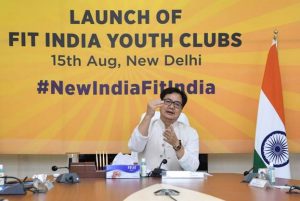
“Fit India Youth Club” initiative has been launched by the Union Minister of Youth and Sports, Kiren Rijiju. Fit India Youth Club is an nation-wide initiative which has been launched to promote fitness among every citizen. The program envisages to utilize the power of youth to create mass awareness about the relevance of fitness, across the nation.
Under this program, Nehru Yuva Kendra Sangathan and National Service Scheme, Scouts and Guides, NCC and other youth organisations will register as Fit India Youth Clubs in every block in the country, hence Fit India Youth Clubs will unite fitness and voluntarism in a unique manner. Each member of the Fit India Youth Club will encourage people to perform fitness activities of 30 to 60 minutes in his or her daily routine. Fit India Freedom Run will be promoted by the Fit India Youth Clubs as one of its first initiatives.

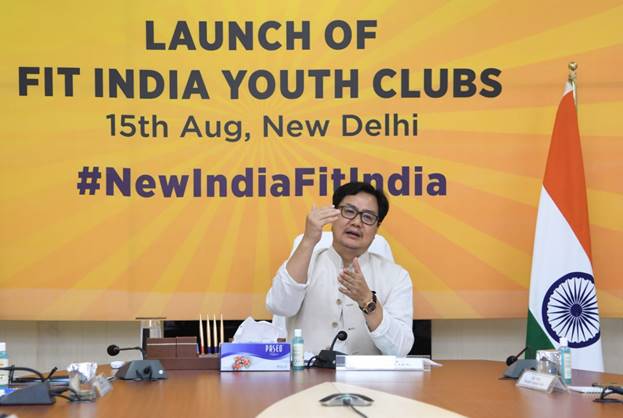

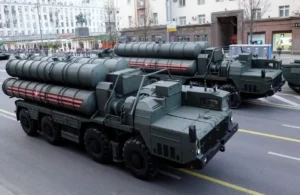 S-500 Missile System: Features, Range, S...
S-500 Missile System: Features, Range, S...
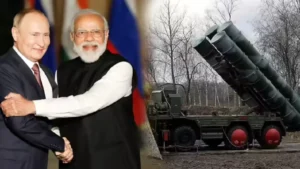 RELOS Agreement and India–Russia Relatio...
RELOS Agreement and India–Russia Relatio...
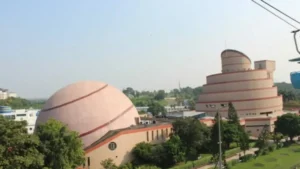 Which City is Known as the Science City ...
Which City is Known as the Science City ...







